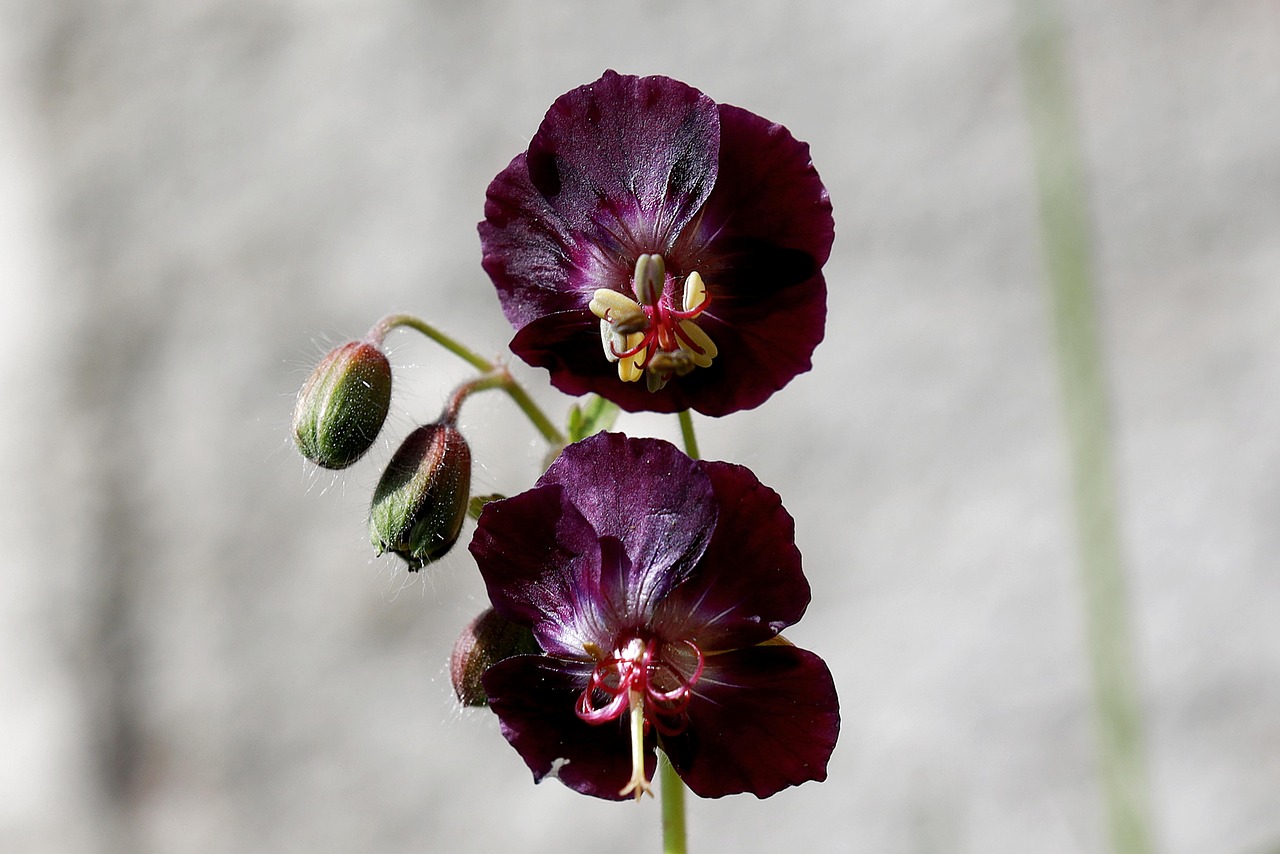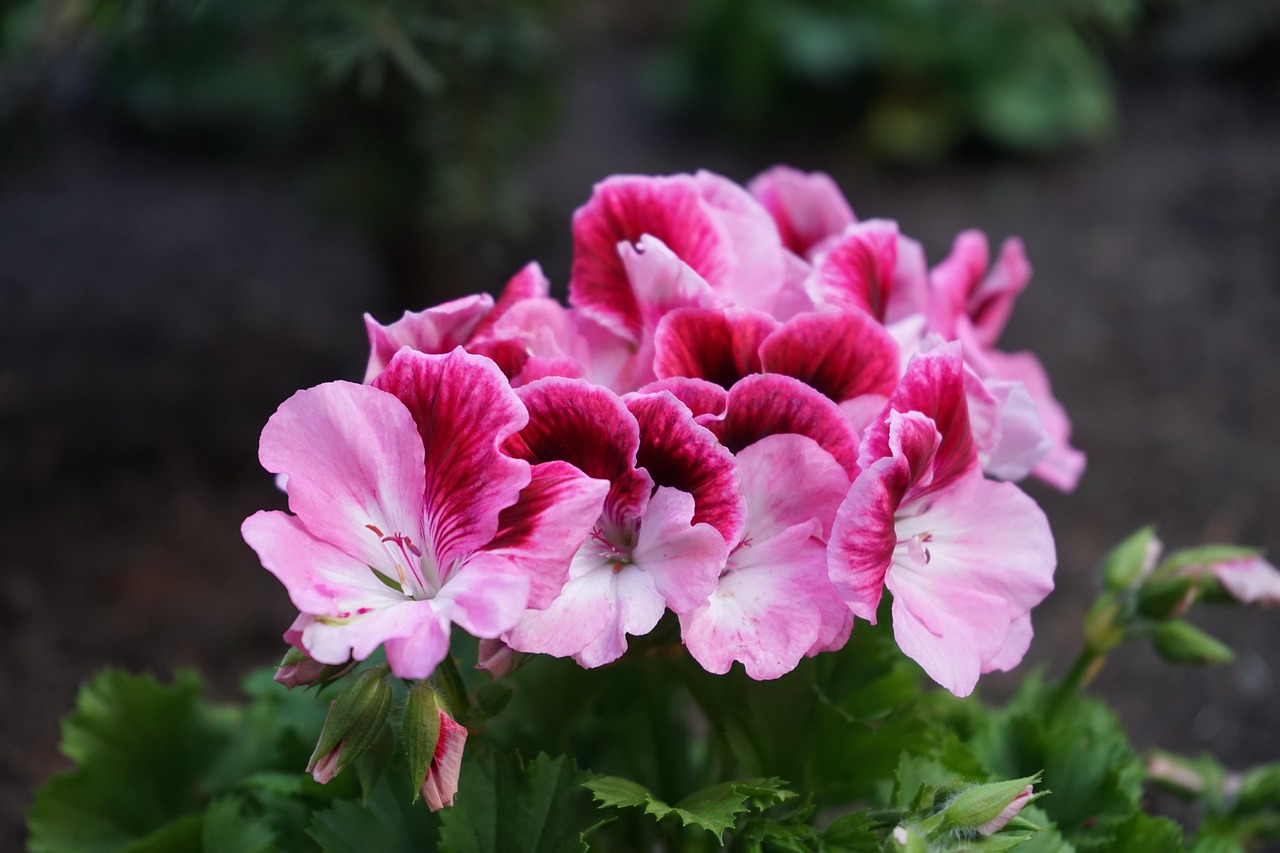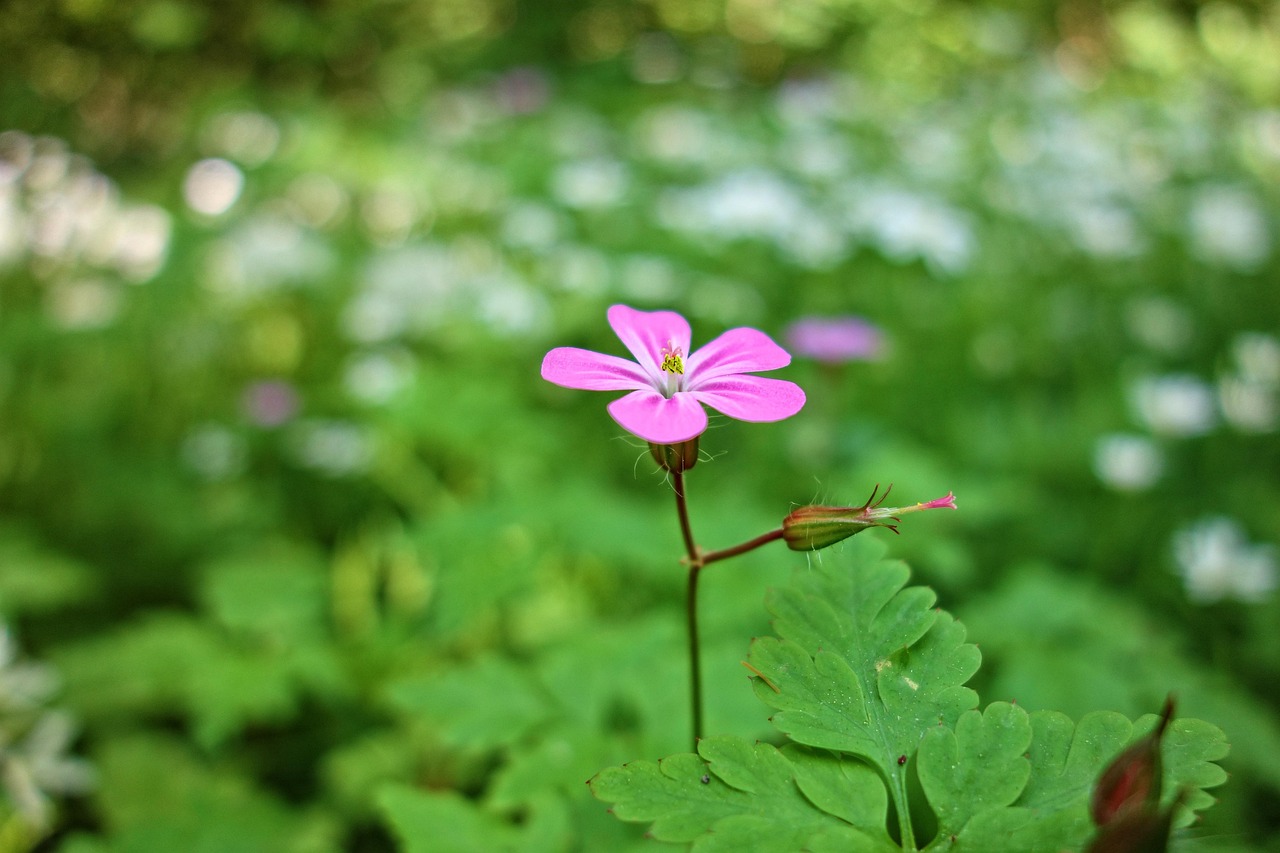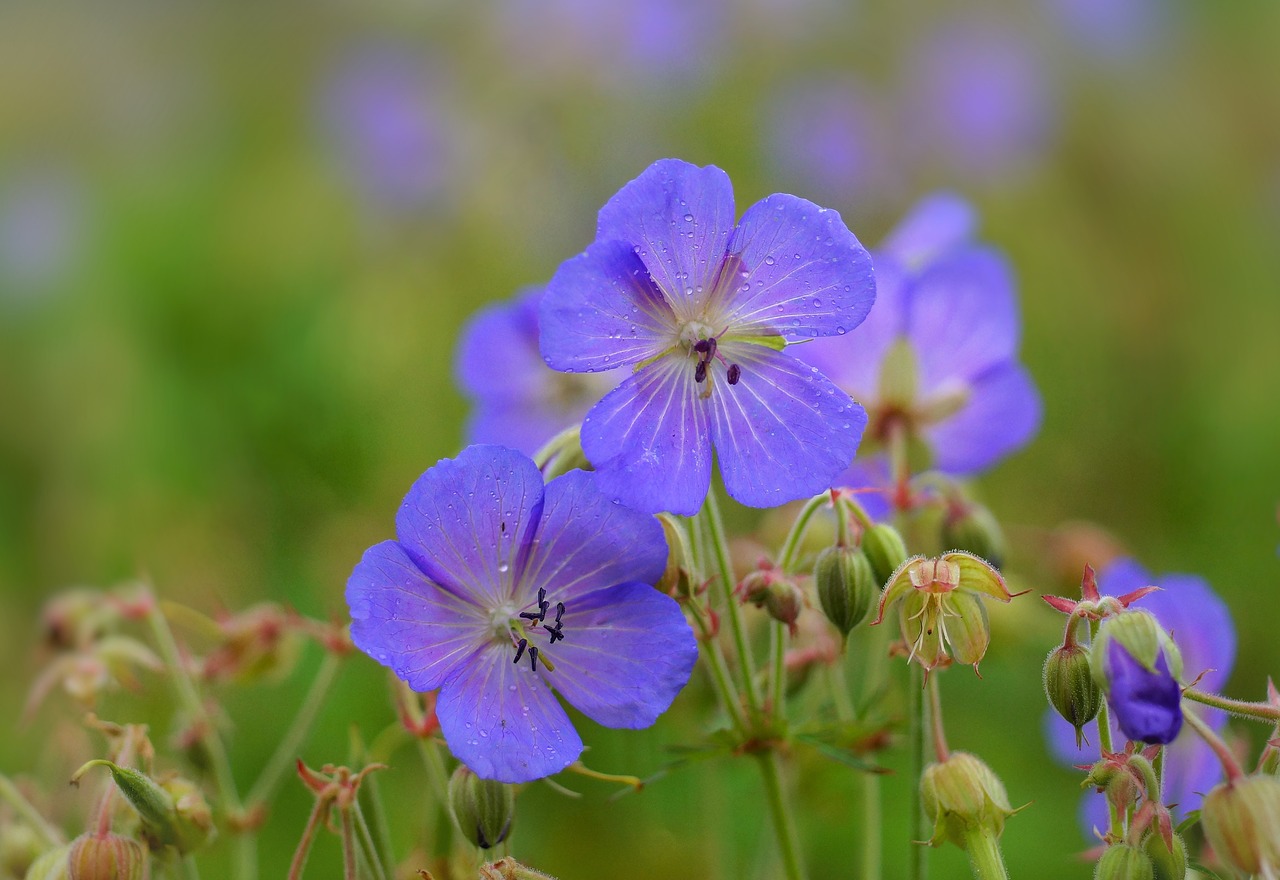Rose Geranium | A Symbol of the Fragrant Era, Beloved by European Ladies
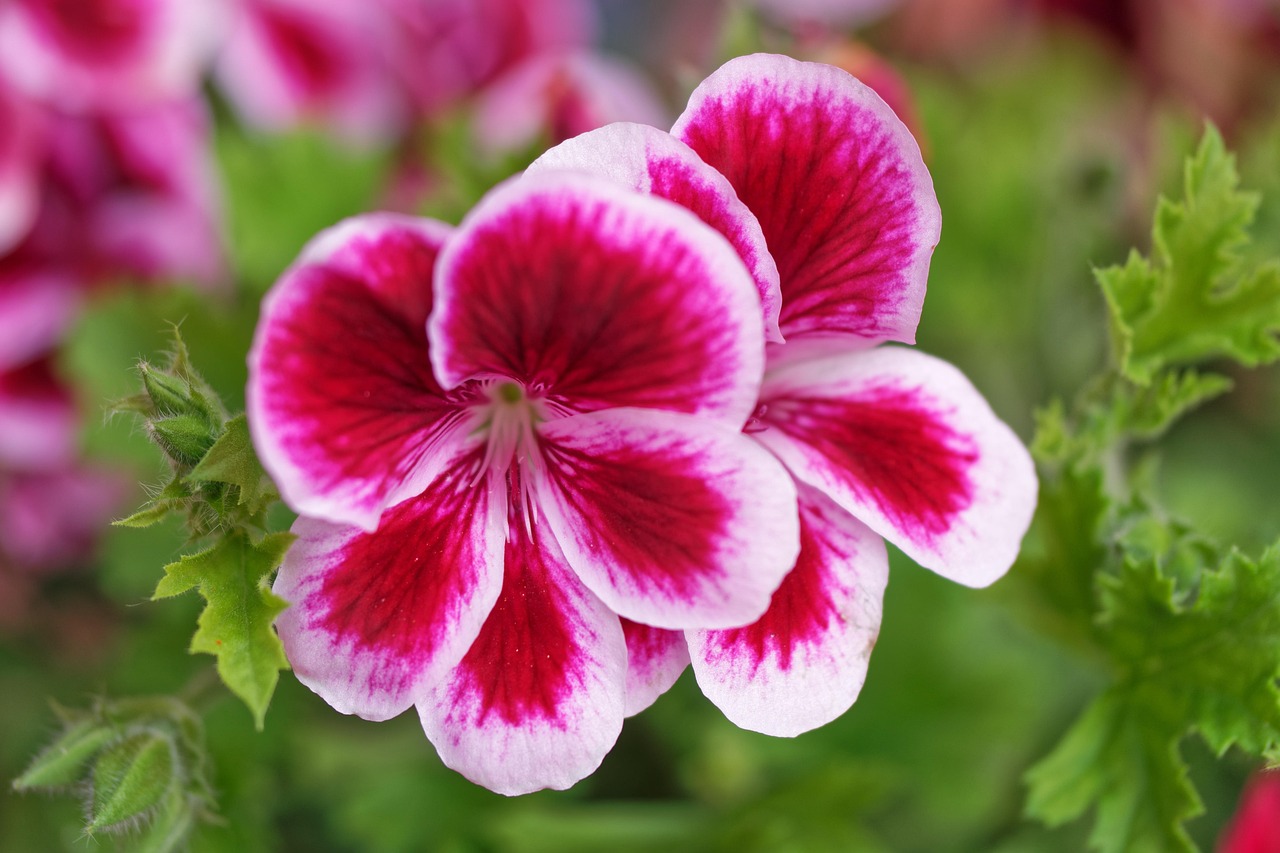
Rose geranium is a perennial herb native to South Africa, characterized by its rose-like fragrance and delicate leaves.
As an aromatic plant, it has been cherished around the world, with Europe holding a long tradition of cultivating it both as a perfume ingredient and as a garden plant.
In this article, I will introduce the basic information, cultural significance, historical background, and cultivation methods of rose geranium.
Basic Information
- Scientific name: Pelargonium graveolens
- Family: Geraniaceae
- Origin: South Africa
- Appearance: The leaves are deeply lobed and release a sweet, fresh scent reminiscent of roses when touched. The flowers, though small, are charming, blooming in shades of pink to light purple from spring to summer. The stems tend to become somewhat woody, and the whole plant grows into a lush, bushy shape.
- Flowering season: Spring to summer
Cultural Features Around the World
Rose geranium has played an important role in the culture of enjoying fragrance.
In Europe, it became indispensable as a fragrant garden plant. In England, it gained popularity during the Victorian gardening boom and has since been established as a beloved household plant, especially in mixed plantings and container gardens.
In France, particularly in Grasse, where the perfume industry flourished, large-scale cultivation began in the 19th century. Because its fragrance contains components similar to rose oil, it has long been valued as a complement to rose essence. Even today, it remains an essential raw material for perfumes and cosmetics.
In South Africa, it is commonly planted in gardens and parks, forming part of everyday life where fragrance is integrated into daily culture.
Historical Episodes
Rose geranium was introduced to Europe in the late 17th century.
The Dutch East India Company brought many plants back from its Cape Colony in South Africa, among which was the rose geranium. Upon its arrival, it quickly attracted the attention of European horticulturists.
By the 18th century, breeding efforts in England and France produced improved varieties with enhanced fragrance and ornamental value.
In the 19th century, large-scale cultivation began in Grasse for perfumery purposes, and rose geranium became a foundation of the perfume industry. Even today, traditional methods of extracting its essential oil continue, giving this plant a cultural heritage value beyond its role as a garden plant.
Gardening Advice
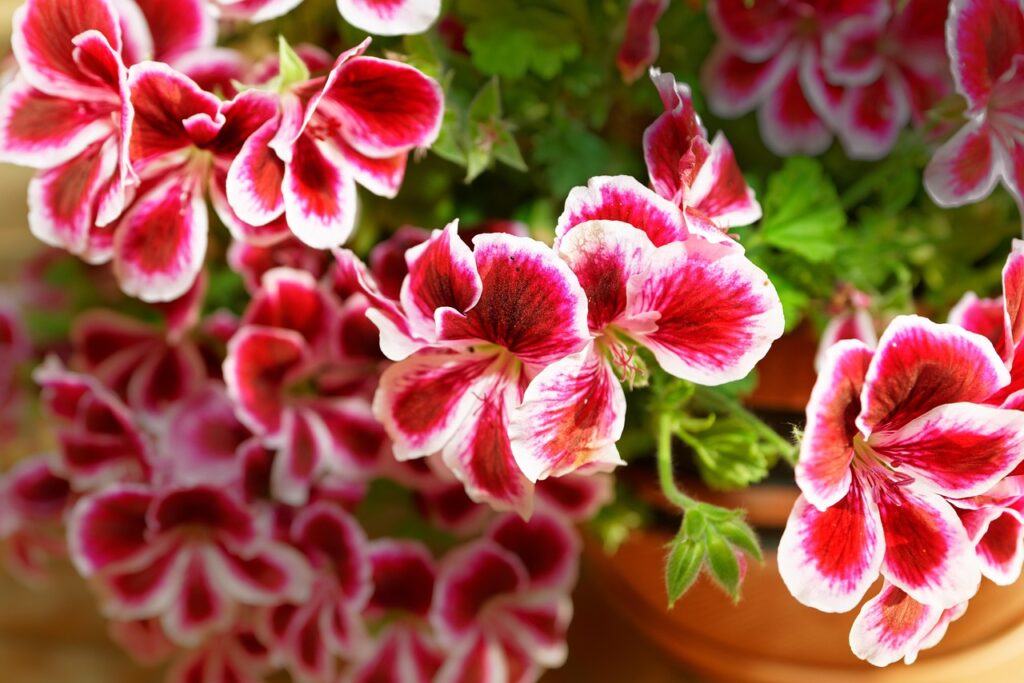
Rose geranium can be enjoyed for both fragrance and flowers with proper care. Here are some key tips:
Sunlight
Requires abundant sunlight. Place it in a bright location throughout the day; indoors, a south-facing window is ideal.
Watering
Water thoroughly when the soil surface is dry, allowing excess water to drain from the bottom. Avoid extreme dryness or overwatering.
Soil
Prefers well-drained soil. Mix perlite or pumice into standard potting soil to improve drainage.
Fertilizer
During the growing season (spring–summer), feed with liquid fertilizer every two weeks, being careful not to overfertilize.
Pruning
Trim after flowering or when stems grow too long. This maintains shape and ventilation, and cuttings can be propagated.
Overwintering
Sensitive to cold. Protect from frost by bringing pots indoors or using insulation. Indoors, place in the sunniest location possible.
Conclusion
Rose geranium, with its South African origins, has become deeply rooted in European fragrance culture.
From its spread in European horticulture in the 17th century to its contribution to the perfume industry in the 18th–19th centuries, its history highlights its enduring charm.
With plenty of sunlight and proper watering, I can enjoy its rose-like fragrance and delicate flowers throughout the seasons.

